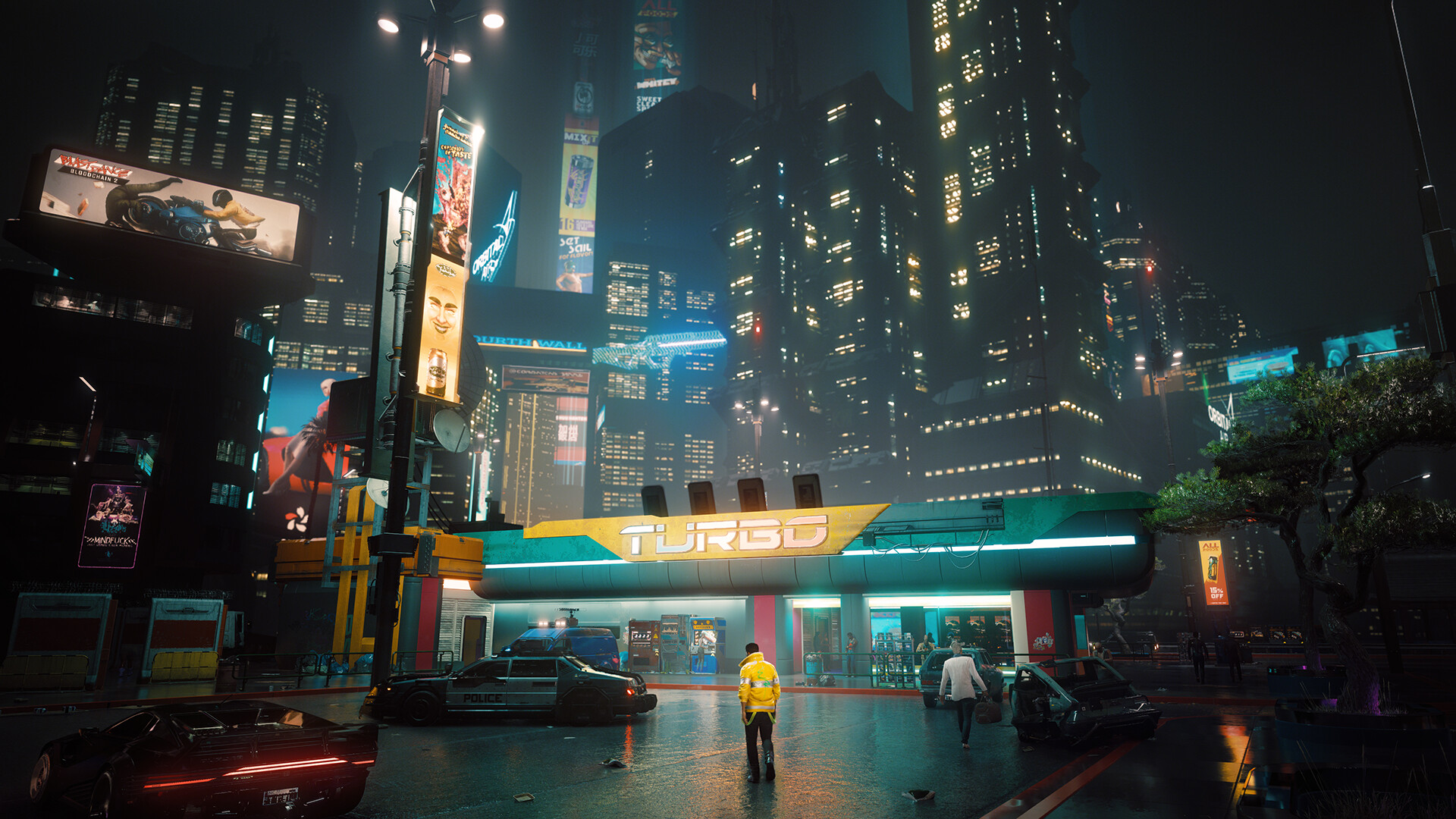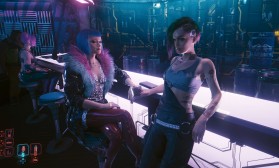Do JRPGs with Large Character Rosters Have More Variety Than Fire Emblem?
The Japanese role-playing game (JRPG) genre is known for its rich storytelling, strategic combat, and memorable characters. Among its many subgenres, tactical JRPGs like the Fire Emblem series stand out for their deep gameplay mechanics and character-driven narratives. However, a common question arises when comparing Fire Emblem to other JRPGs with significantly larger character rosters: do games with expansive casts offer more variety in terms of gameplay, narrative, and character development? While larger rosters might suggest greater diversity, the answer is nuanced and depends on how variety is defined and implemented.
Defining Variety in JRPGs
Variety in JRPGs can be examined through several lenses: gameplay mechanics, narrative depth, character uniqueness, and replayability. A large roster alone does not guarantee variety; it is the implementation of these characters that matters. Games like Suikoden, Final Fantasy, Xenoblade Chronicles, and The Legend of Heroes series often feature dozens of playable characters, while Fire Emblem titles typically include 20 to 40 units per game. Yet, Fire Emblem’s design philosophy focuses on quality over quantity, ensuring that each character contributes meaningfully to both gameplay and story.
Gameplay Variety: Depth vs. Breadth
JRPGs with large rosters, such as Suikoden with its 108 characters, often emphasize breadth over depth. While players have access to a vast array of characters, many may serve minor roles, with limited unique abilities or development paths. In contrast, Fire Emblem games are renowned for their strategic depth. Each unit belongs to a specific class with distinct strengths, weaknesses, and progression options. The permadeath mechanic in classic mode adds weight to every decision, encouraging players to form emotional attachments and tailor strategies around individual units.
Moreover, Fire Emblem incorporates relationship systems like support conversations, which unlock narrative depth and gameplay bonuses. This interweaving of mechanics ensures that even a smaller cast feels dynamic and impactful. In comparison, games with massive rosters may struggle to give each character meaningful gameplay differentiation. For example, Xenoblade Chronicles 2 features numerous Blades, but many share similar roles or abilities, leading to redundancy. Thus, while large-roster JRPGs offer more options, Fire Emblem often provides deeper tactical variety.
Narrative and Character Development
Narrative variety is another critical factor. Fire Emblem excels at integrating character arcs into the main story through support conversations, personal missions, and event-triggered dialogues. Characters like Edelgard from Three Houses or Ike from Path of Radiance undergo significant development, influencing both the plot and player strategies. The game’s smaller cast allows for focused storytelling, where each character feels essential.
On the other hand, JRPGs with large rosters often relegate many characters to side stories or optional content. Suikoden’s 108 Stars of Destiny include richly developed figures like Viktor and Flik, but also numerous characters with minimal narrative impact. Similarly, Final Fantasy VI boasts a large ensemble, yet not all characters receive equal attention. While these games offer expansive worlds and subplots, the narrative focus can become diluted. Fire Emblem’s strength lies in its ability to maintain a cohesive story while ensuring that every character matters.
Replayability and Player Agency
Replayability is where large-roster JRPGs sometimes shine. Games like Fire Emblem: Three Houses and Suikoden II encourage multiple playthroughs by offering divergent story paths and character recruitment options. However, Fire Emblem often limits player agency in character usage due to permadeath and class restrictions, forcing players to adapt and explore different strategies. In contrast, JRPGs with massive rosters, such as Disgaea or Xenoblade Chronicles X, allow players to experiment with countless combinations of characters, classes, and skills, fostering endless customization.
Yet, this freedom can come at the cost of balance and coherence. Fire Emblem’s carefully curated cast ensures that each unit has a purpose, whereas large-roster games may include overpowered or underwhelming characters, reducing strategic diversity. Ultimately, both approaches offer distinct forms of replayability: one through narrative branching and tactical challenges, the other through sheer volume of options.
The Middle Ground: Hybrid Approaches
Some JRPGs strike a balance between large rosters and meaningful variety. The Legend of Heroes: Trails series, for instance, features a expansive cast while maintaining deep character development through side quests and interconnected stories. Similarly, Fire Emblem: Three Houses introduced a larger roster than previous entries but retained focus through its house system and personalized storytelling. These games demonstrate that variety is not solely determined by roster size but by how well characters are integrated into the game’s core design.
Conclusion
In conclusion, JRPGs with large character rosters do not inherently offer more variety than Fire Emblem. While they provide breadth in terms of options and customization, Fire Emblem excels in delivering depth through strategic gameplay, narrative integration, and character uniqueness. The variety in Fire Emblem is qualitative rather than quantitative, emphasizing impactful choices over sheer numbers. Ultimately, both styles have their merits, and the preference for one over the other depends on whether players value extensive options or refined, cohesive experiences. As the JRPG genre evolves, the most successful games will likely continue to blend the best of both worlds, offering expansive yet meaningful variety.















